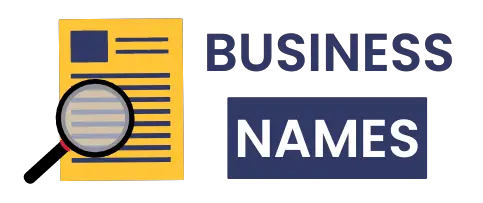I spent 19 months and over $1,200 reading every money book recommended by millionaires. And here’s the truth: 90% of the advice was either outdated, contradictory, or completely useless for regular people.
You know the feeling. One expert says invest everything in stocks. Another says real estate is the only path. Crypto gurus promise quick riches. Meanwhile, you’re still living paycheck to paycheck and wondering why nothing works.
You’ve read articles. Watched YouTube videos. Maybe bought a course. But your bank account looks the same.
Here’s what I found: 11 rules showed up in almost every book written by people who actually built wealth. Not theories. Not hype. Just proven principles that work in 2025.
These aren’t secrets. They’re just the things wealthy people do that broke people skip. Let me show you exactly what they are.
Rule #1 — Pay Yourself First (The 20% Rule That Builds Millions)
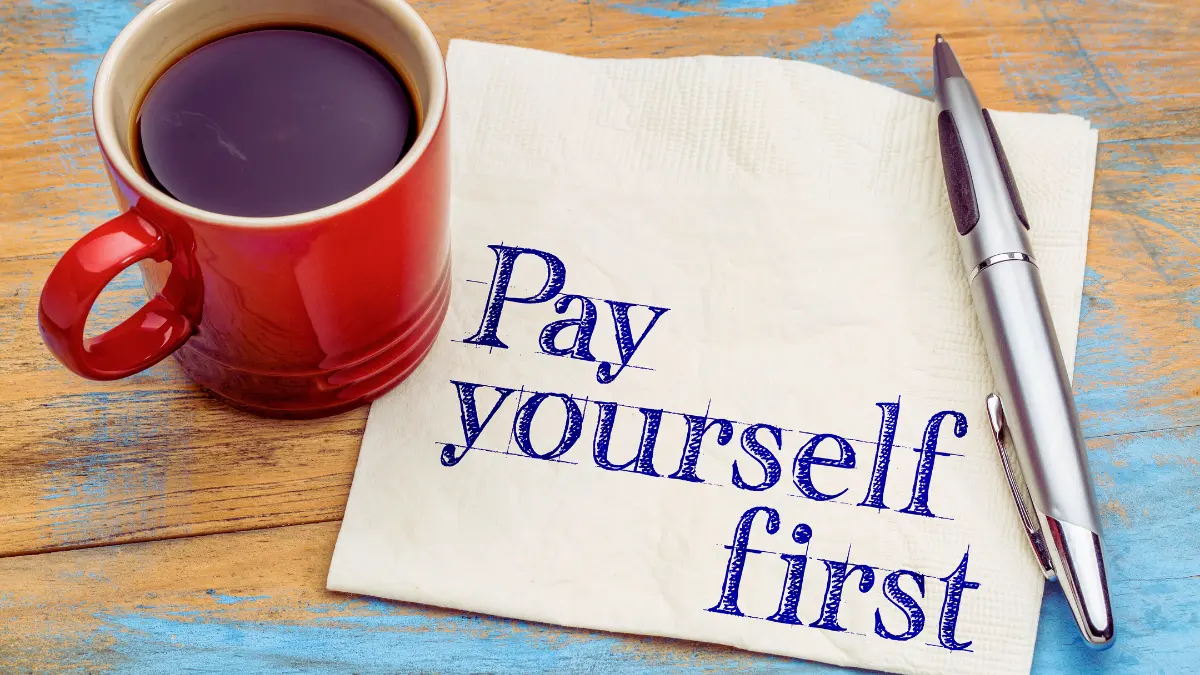
This rule changed everything for me.
“Pay yourself first” means this: The moment you get paid, move money into your investment accounts before you pay bills or buy anything else. Not save what’s left at the end of the month. That never works.
Here’s why. If you wait to “see what’s left over,” there’s never anything left. Your spending magically expands to fill your income. Always has. Always will.
The target is 20% of your income. Every dollar you earn, 20 cents go straight to building wealth.
Can’t do 20% right now? Start with 10%. Then increase by 1% every three months. By the end of the year, you’re at 14%. By year two, you hit 20%. Small steps work.
The key is automation. Set up automatic transfers on payday. Your checking account to your investment account. You never see the money. You never miss it.
Let me show you what this creates. Say you invest $500 every month at an 8% annual return. In 30 years, you will have $745,000. Do nothing except set up one automatic transfer and leave it alone.
Start at age 25 instead of 35? You end up with $1.7 million instead of $750,000. The same $500 monthly. The difference is just starting now.
Apps that help: Set up automatic transfers through your bank. Or use apps like Acorns or Qapital that round up purchases and invest the difference. Make it so easy you can’t fail.
Most people wait for the “perfect time” to start investing. There is no perfect time. Start with $50 if that’s all you have. The habit matters more than the amount.
Rule #2 — Debt Is Your Enemy, Not Your Tool (Kill the Interest Monster)
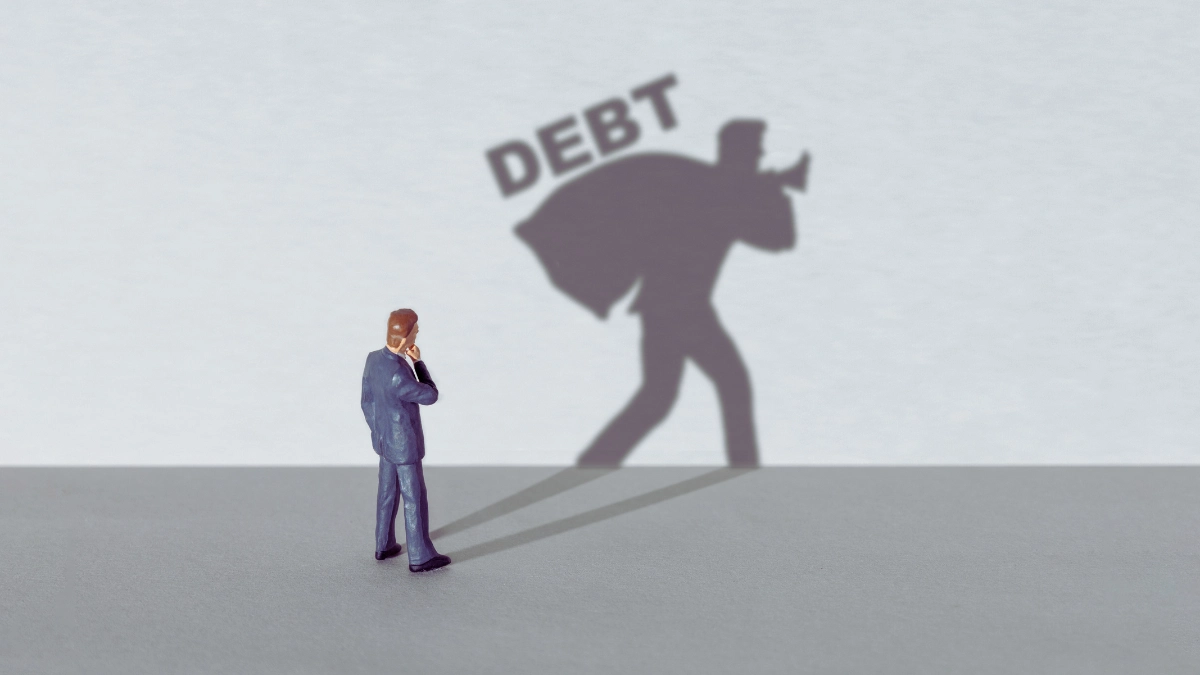
Credit card companies make billions hoping you’ll only pay the minimum. Here’s what that costs you.
Let’s say you have $5,000 on a credit card at 22% interest. If you only pay the minimum each month, you’ll pay over $7,000 total. That’s $2,000+ in pure interest. Money gone forever.
Every dollar you pay in interest is a dollar that can’t grow for you. It’s compound interest working against you instead of for you.
Some people say “good debt” exists. They mean mortgages or student loans. But in 2025, with interest rates where they are, all consumer debt hurts you. Pay it off.
Two methods work:
The Avalanche Method: Pay off your highest interest rate debt first. Makes the most mathematical sense. Saves you the most money.
The Snowball Method: Pay off your smallest balance first. Gives you quick wins. Feels good. Builds momentum.
Pick the one you’ll actually stick with. A “worse” method you follow beats a “perfect” method you quit.
Here’s a script to lower your interest rate. Call your credit card company and say this: “I’ve been a customer for [X] years and always pay on time. I’m looking at balance transfer offers from other cards at lower rates. Can you reduce my APR to match them?”
Works about 60% of the time. Five-minute phone call that could save you thousands.
Once you’re debt-free, the money were you putting toward debt payments? Send it straight to investments. Your life costs the same, but now you’re building wealth instead of paying banks.
Rule #3 — Index Funds Beat 90% of “Experts” (Stop Trying to Be Clever)

Stop looking for the next Amazon. Stop listening to stock tips from your coworker’s brother. Just buy the entire market.
An index fund is simple. It’s a basket of stocks that follows the whole market. When you buy one share of an S&P 500 index fund, you own tiny pieces of 500 companies. Apple, Microsoft, Amazon, all of them.
Here’s the truth that the financial industry doesn’t want you to know: Most professional investors can’t beat the market. And they charge you a fortune for trying.
The S&P Dow Jones Indices publishes something called the SPIVA Scorecard. It tracks how professional money managers perform compared to simple index funds. Over 15-year periods, about 85-90% of actively managed funds underperform their benchmark after fees.
Think about that. Nine out of ten “experts” lose to the simple strategy of buying an index fund and doing nothing.
Why? Two reasons. First, fees. Active funds charge 1% or more per year. Index funds charge as low as 0.03%. That difference compounds.
Let me show you. You invest $100,000. Over 30 years at 8% returns:
- With a 1% fee, you end up with $761,000
- With a 0.05% fee, you end up with $960,000
That’s $199,000 difference. For doing more work and getting worse results.
Second reason: Nobody can consistently predict the market. The “experts” on TV are guessing. They just sound confident.
What to buy: Look for funds with these words: “S&P 500 Index” or “Total Stock Market Index.” And check the expense ratio. Under 0.10% is great. Under 0.05% is amazing.
Examples: Vanguard’s VTSAX, Fidelity’s FXAIX, or Schwab’s SWTSX. All great. All basically the same. Pick one and invest every month.
Boring makes millions. Stop trying to be clever.
Rule #4 — Your Income Isn’t Fixed (The $1,000/Month Side Hustle Formula)

You cannot save your way to wealth on $50,000 a year. The math doesn’t work. You need to earn more.
The average millionaire has seven income streams. Not seven full-time jobs. Seven sources of money coming in. Your 9-5 should be just one of them.
Here’s what most people miss: You already have skills people will pay for. You just haven’t thought about selling them.
Can you write clearly? Companies pay $50-150 per hour for copywriting. Can you design websites? That’s $75-200 per hour. Manage social media? $30-100 per hour. Edit videos? $50-150 per hour.
“But I’m not an expert.” You don’t need to be the best in the world. You need to be better than the person trying to do it themselves.
Where to start:
For services: Upwork and Fiverr let you sell anything. Writing, design, consulting, virtual assistance. Create a profile. Set your rate. Start with lower prices to get first reviews. Then raise prices.
For digital products: Made a budget spreadsheet that works? Sell it on Gumroad. Know how to do something specific? Record a course on Teachable. People pay for solutions to their problems.
For consulting: You know something about your industry. Other people want to know it too. Charge $100-200 per hour for one-on-one calls, helping them solve problems.
Start with 5 hours per week. That’s one hour on weeknights. If you charge $50 per hour, that’s $1,000 extra per month. That’s $12,000 per year. Invested at 8% returns for 20 years? That’s $550,000.
The goal isn’t to work forever. It’s to increase your income now so you can invest more and reach financial freedom faster.
Most people stay broke because they only have one income source. And that source controls their entire life. Build multiple streams. Even small ones add up.
Rule #5 — Live on 50%, Invest 30%, Enjoy 20% (The Balance Blueprint)

The traditional 50/30/20 budget rule keeps you comfortable, not wealthy. Here’s the version that actually builds wealth.
50% for essentials. This covers housing, food, utilities, insurance, and transportation. That’s it. If it’s not required to survive, it doesn’t go here.
This is where most people blow it. They think cable TV is essential. New cars are essential. Eating out five times a week is essential. None of that is essential.
Housing should be under 30% of your gross income. Yes, that’s hard in expensive cities. Get roommates. Live further out. House hack. Do what it takes.
30% for investing. This is your wealth-building machine. Retirement accounts. Brokerage accounts. Real estate down payments. This 30% is what makes you rich.
Max out your 401(k) match first. Free money. Then fill your Roth IRA. Then back to 401(k) up to the limit. Then, taxable brokerage accounts.
Every dollar in this bucket works for you forever. It compounds. It grows. It eventually means you never have to work again.
20% for guilt-free spending. This is everything else. Restaurants. Vacations. New clothes. Hobbies. Whatever makes you happy.
Why include this? Because humans aren’t robots. If you save every penny and never enjoy life, you’ll burn out and quit. The 20% keeps you sane.
Let me show you real numbers. You make $5,000 per month after taxes:
- $2,500 for essentials (rent, food, utilities, insurance)
- $1,500 for investing (retirement accounts, index funds)
- $1,000 for fun (restaurants, trips, hobbies)
Does your income grow? Keep the percentages the same. Make $8,000 per month? Now you invest $2,400 monthly. That’s $28,800 per year. Do that for 20 years and you have over $1.3 million.
Track this with apps. YNAB (You Need A Budget) is great if you want detailed control. Mint is free and automatic. Personal Capital is perfect for tracking investments.
Don’t obsess over every coffee. Watch the big percentages. Get those right, and the small stuff doesn’t matter.
Rule #6 — Tax Optimization Isn’t Optional (Keep Your Money From Uncle Sam)
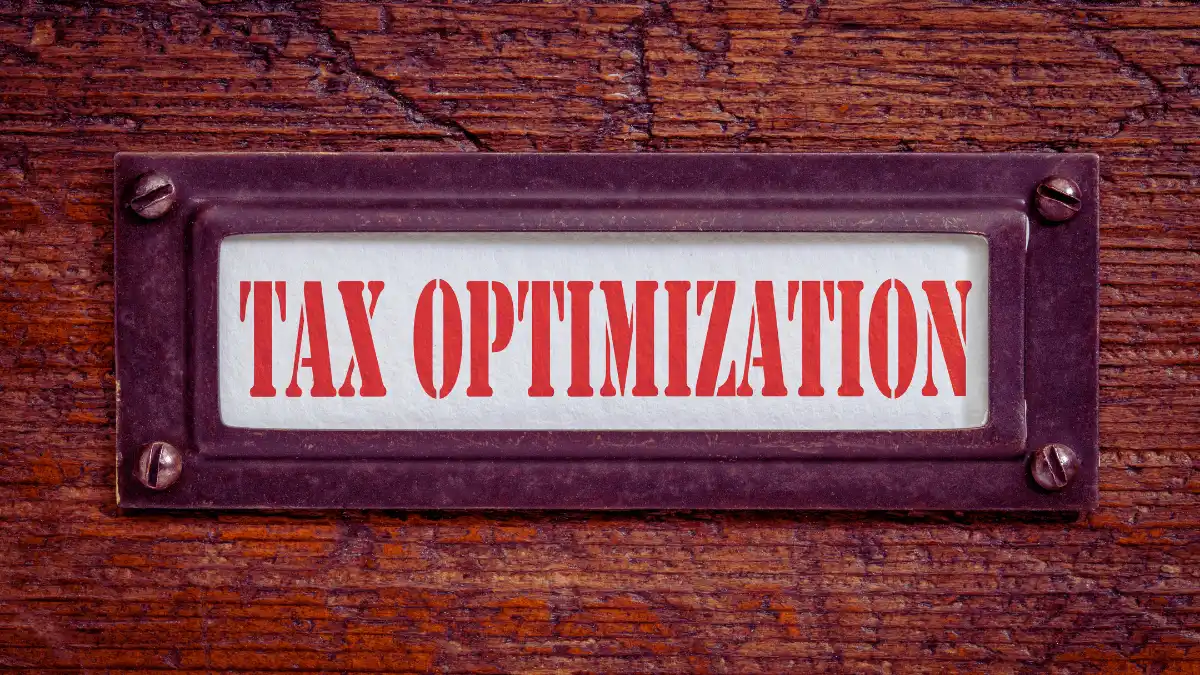
The tax code is 7,000 pages of legal ways to keep more of your money. Most people ignore it and lose 30% of their wealth to taxes they could have avoided.
First, understand this: Tax avoidance is legal and smart. Tax evasion is illegal and stupid. We’re doing the first one.
Max out tax-advantaged accounts. These are accounts where the government gives you a tax break for investing.
For 2025:
- 401(k): You can contribute $23,500
- IRA: You can contribute $7,000
- HSA: You can contribute $4,300 (if you have a high-deductible health plan)
Let’s do the math. You make $80,000, and you’re in the 22% tax bracket. You contribute $23,500 to your 401(k). That’s $5,170 you don’t pay in taxes this year. Money you keep instead of sending to the government.
Over 30 years, that $5,170 saved grows to about $52,000 at 8% returns. Every year. This adds up to massive wealth.
The HSA is the best account nobody uses. Health Savings Accounts have a triple tax benefit. Money goes in tax-free. It grows tax-free. It comes out tax-free if you use it for medical expenses.
After age 65, you can withdraw for anything without penalty (just pay income tax, like a 401k). It’s basically an extra IRA with better tax treatment.
Tax-loss harvesting is for your regular investment accounts. When investments lose money, you sell them and use those losses to reduce your taxes. Then buy something similar right away. You stay invested but save on taxes.
Robo-advisors like Wealthfront and Betterment do this automatically. Worth the small fee if you have a taxable account.
When do you need a CPA? If you make over $100,000, own a business, have rental properties, or your taxes feel complicated. A good CPA pays for themselves in tax savings.
Every dollar you save in taxes is a dollar that compounds for you instead of funding government programs. Be aggressive about this.
Rule #7 — Insurance Isn’t Sexy, But Bankruptcy Isn’t Either (Protect Your Empire)

Nobody gets excited about insurance. But everyone who skips it regrets it when disaster strikes.
Medical bills are the number one cause of bankruptcy in America. One accident. One cancer diagnosis. Everything you built is gone.
Three types of insurance you must have:
Health insurance. Non-negotiable. Even if you’re young and healthy. Get the highest deductible you can afford to save on premiums. Then fund your HSA to cover the deductible.
Term life insurance. If anyone depends on your income, you need this. A 30-year-old can get $500,000 in coverage for about $30 per month.
How much do you need? Eight to ten times your annual income. Make $60,000? Get $500,000 to $600,000 in coverage.
Skip whole life insurance. It’s a terrible investment wrapped in insurance. The fees are massive. The returns are awful. Just buy term life and invest the difference.
Disability insurance. This pays you if you can’t work due to injury or illness. You’re more likely to become disabled than die young.
Get enough to cover 60-70% of your income. Your employer might offer some. Buy more if needed. It’s cheaper when you’re young.
What to skip: Extended warranties. Phone insurance (unless you break phones constantly). Most insurance add-ons. Life insurance on your kids. Mortgage life insurance.
Once your net worth exceeds $500,000, look into umbrella insurance. It’s extra liability coverage for about $200 per year. Protects you from lawsuits.
The right insurance lets you sleep at night. You can take investment risks when your family is protected.
Rule #8 — Real Estate Can Build Wealth, But Timing Is Everything

Real estate can make you rich or keep you broke. The difference is math, not emotion.
The rent vs buy decision depends on your local market. Sometimes renting and investing the difference makes you wealthier than buying a house.
Here’s the simple math: Compare your monthly rent to what you’d pay for a mortgage, property taxes, insurance, and maintenance on a similar home. If rent is much cheaper, rent and invest the difference.
Use online calculators. The New York Times has a great rent vs buy calculator. Run your real numbers.
House hacking is the best real estate strategy for beginners. Buy a small multi-family property (duplex, triplex, or fourplex). Live in one unit. Rent out the others. Your tenants pay your mortgage. You live for free and build equity.
Example: Buy a $400,000 duplex. Put down $80,000 (20%). Your mortgage is about $2,000 per month. Rent out the other unit for $2,000. You live for free while building $400,000 in equity over 30 years.
REITs (Real Estate Investment Trusts) give you real estate exposure without being a landlord. They’re like stocks that own property. You can buy them in your regular investment account.
Vanguard Real Estate Index Fund (VNQ) owns hundreds of properties. You get the growth of real estate without fixing toilets at midnight.
The 1% rule for rental properties: Monthly rent should be at least 1% of the purchase price. A $300,000 property should rent for $3,000 monthly. If it doesn’t, the numbers probably don’t work.
The Federal Reserve has published research on homeownership and wealth building. Homeownership has historically been one of the largest sources of wealth for middle-class Americans. But this varies hugely based on when and where you buy.
Bought in San Francisco in 2010? You’re rich. Bought in Las Vegas in 2006? You lost everything. Timing and location matter more than people admit.
Don’t buy a house because “that’s what you’re supposed to do.” Buy when the numbers make sense for your situation. If they don’t, rent guilt-free and invest aggressively.
Rule #9 — Compound Interest Is Magic, But Only If You Start Now

Albert Einstein supposedly called compound interest the eighth wonder of the world. Whether he said it or not, he would have been right.
Compound interest means you earn returns on your returns. Your money makes money. Then that money makes money. It snowballs.
Here’s the part that will either excite you or haunt you: Time matters more than amount.
Starting early beats investing more money later. By a lot.
Let me show you. You invest $500 every month at 8% annual returns.
Start at age 25, stop at 65: You invest $240,000 total. You end up with $1,745,000.
Start at age 35, stop at 65: You invest $180,000 total. You end up with $745,000.
Same $500 monthly. The person who started 10 years earlier has over $1 million more. They actually invested more money ($60,000 more), but the real difference is time.
Those first 10 years of compound growth matter that much.
The Rule of 72 is a quick way to figure out when your money doubles. Divide 72 by your interest rate. That’s how many years until you have twice as much.
At 8% returns: 72 ÷ 8 = 9 years. Your money doubles every 9 years.
At 10% returns: 72 ÷ 10 = 7.2 years. Every 7.2 years, it doubles.
This means $10,000 invested at 8% becomes:
- $20,000 in 9 years
- $40,000 in 18 years
- $80,000 in 27 years
- $160,000 in 36 years
You do nothing except leave it alone. That’s the magic.
“But I can only invest $100 per month right now.” Perfect. Start with $100. That’s $100 more than most people invest. In 30 years at 8%, that’s $149,000.
The worst thing you can do is wait. Every year you delay costs you tens of thousands in future wealth. Every month costs you thousands.
Start today. Even if it’s $50. Even if it’s $25. The amount doesn’t matter nearly as much as starting now.
Rule #10 — Your Network Determines Your Net Worth (Build Rich Relationships)

Show me your five closest friends and I’ll show you your financial future.
You become the average of the people you spend the most time with. If your friends are broke and think money is evil, you’ll stay broke. If your friends are building wealth and improving themselves, you will too.
This isn’t about dumping your old friends. It’s about adding new people who are where you want to be.
Where to find financially successful people:
Online communities: BiggerPockets for real estate investors. Bogleheads for index fund investors. ChooseFI community for financial independence. Reddit’s personal finance communities (avoid the meme stock ones).
Local meetups: Search Meetup.com for real estate, investing, or entrepreneur groups in your city. Show up. Listen more than you talk. Offer value before asking for anything.
LinkedIn: Follow people who are successful in your field. Comment thoughtfully on their posts. Send personalized connection requests. Share helpful content.
Mastermind groups: Four to six people who meet regularly to discuss goals and hold each other accountable. Everyone should be at a similar financial level or slightly ahead of you.
The value-first approach: Don’t show up asking for favors. Offer to help. Share useful articles. Make introductions. Be genuinely interested in other people’s success.
When you help others, they remember you. When opportunities come up, they think of you first.
I’ve found that successful people are more generous with advice than you’d expect. They remember when they were starting. Most are happy to help if you’re respectful of their time.
One conversation with someone five years ahead of you can save you years of mistakes. One introduction can change your financial life.
Your network is your net worth. Build it intentionally.
Rule #11 — Financial Education Never Stops (The Learning Loop)
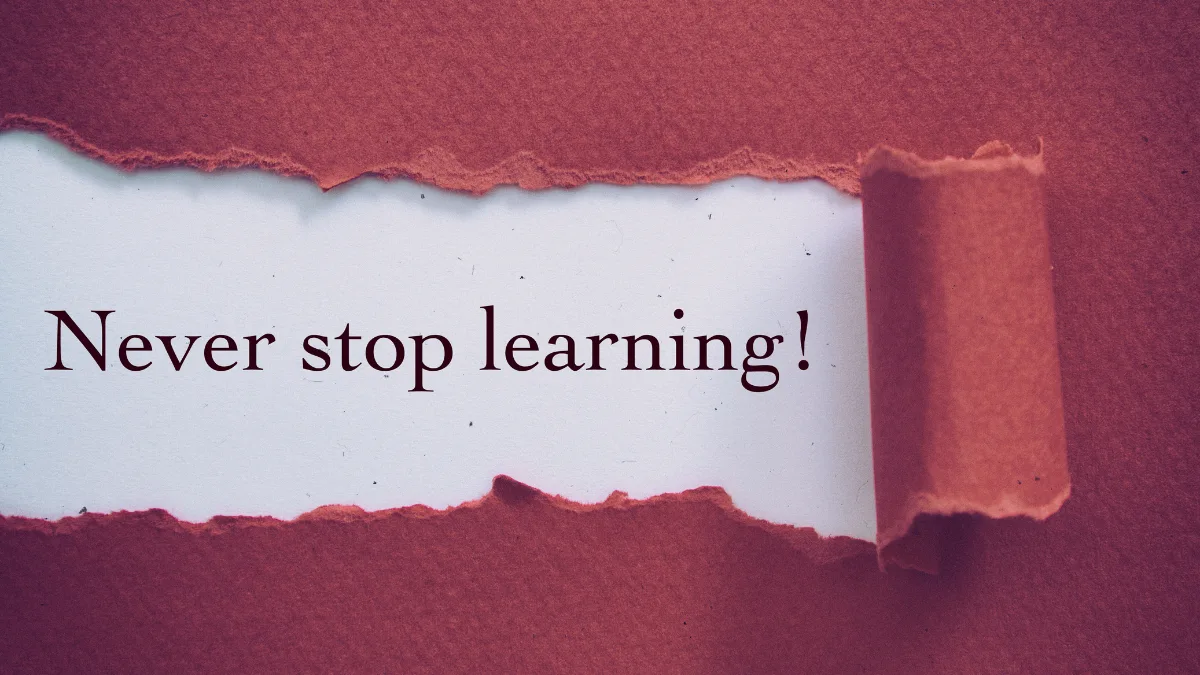
Financial education isn’t a destination. It’s something you maintain for life. Tax laws change. Investment opportunities shift. New strategies emerge.
The person who learned about money in 2010 and stopped is using outdated information in 2025.
Build a 15-minute daily habit. That’s all it takes. Listen to podcasts during your commute. Read newsletters with your morning coffee. Watch YouTube videos before bed.
Fifteen minutes daily is 91 hours per year. That’s more than most people spend learning about money in their entire lives.
Best podcasts:
- ChooseFI: Financial independence strategies
- BiggerPockets Money: Real people’s financial stories
- The Money Guy Show: Practical advice for wealth building
Best newsletters:
- Morning Brew: Quick financial news
- Finimize: Daily market updates made simple
- The Motley Fool: Stock market education
Best YouTube channels:
- Graham Stephan: Real estate and investing
- Minority Mindset: Wealth building for younger people
- Two Cents (PBS): Simple explanations of money topics
Books that stay relevant:
- “The Simple Path to Wealth” by JL Collins
- “The Psychology of Money” by Morgan Housel
- “Your Money or Your Life” by Vicki Robin
How to filter good advice from garbage:
Does it promise quick riches? Garbage.
Does it require you to buy something expensive? Probably garbage.
Does it sound too good to be true? It is garbage.
Good advice is usually boring. Save more. Invest in index funds. Increase your income. Pay off debt. These work because they’re simple and proven.
The quarterly review habit: Every three months, spend one hour reviewing your finances.
Check your net worth. Is it growing?
Review your spending. Any surprises?
Look at your investments. Are you on track?
Update your goals. What’s the next milestone?
This one-hour review, four times per year, keeps you on track. You catch problems early. You celebrate wins. You adjust when needed.
The most expensive money mistake is thinking you already know enough. You don’t. I don’t. Nobody does. Markets change. Life changes. Keep learning.
Your Move

These 11 rules aren’t secrets. They’re boring. They’re proven. They work.
Pay yourself first. Kill debt. Buy index funds. Increase your income. Balance your money. Optimize taxes. Protect with insurance. Consider real estate. Start now for compound growth. Build your network. Never stop learning.
Pick one rule to implement this week. Not all 11. That’s too much. Just one.
Set up that automatic transfer. Apply for a side gig. Open that Roth IRA. Call about lowering your interest rate. Join one online community.
The person who starts imperfectly today will beat the person who plans perfectly but never begins.
I spent 19 months reading 57 books. You just learned the same lessons in 15 minutes. Now go use them.
These money rules aren’t secrets. But they are the difference between dying broke and building generational wealth.
Which rule will you start with?
